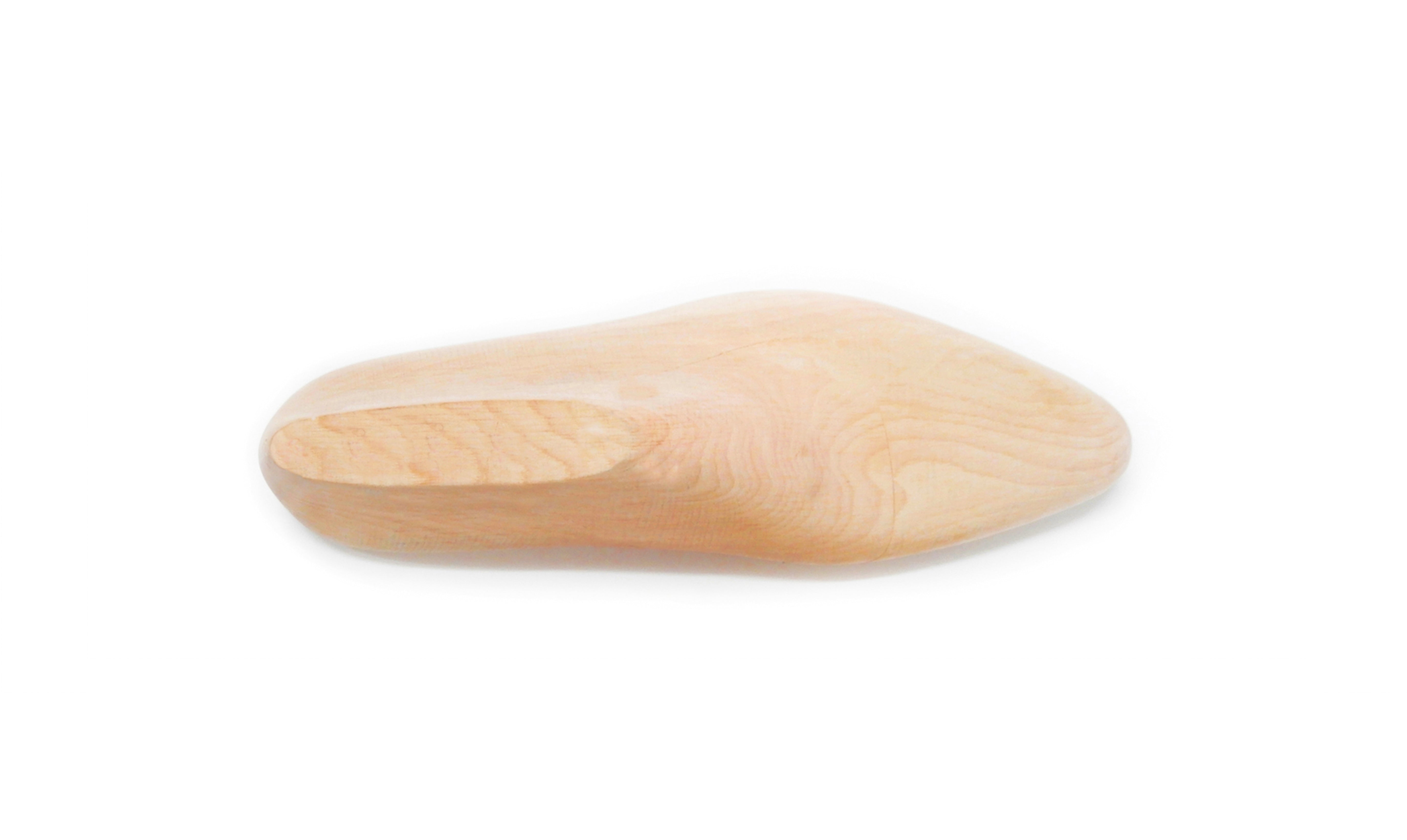
The Anatomy of a Custom Fitted Shoe

Custom fitted shoes are crafted from scratch using the shape and dimensions of the client’s feet, along with any fitting preferences dictated by sensitive areas that often cause discomfort while wearing shoes. In order to ensure a custom fit, the client’s shoe lasts need to be crafted from scratch and never make adjustments to a set of stock lasts.
An initial conversation between the client and our custom shoe specialist allows us to go over important details such as what areas of the client's feet are often in discomfort or pain when wearing dress shoes. During this conversation it is also important to get a sense of how sensitive the client's feet are. For example, a normal foot is able to take pressure and have its big and small toe pushed in by the sides of the shoe, but if the client has a sensitive pinky toe, then any pressure in that area can create great amounts of discomfort. Experience tells us that pressure and rubbing against a specific area of our feet will create callouses so the skin may protect itself, but about half of our clients with sensitive feet claim that callouses can still be painful to the touch or when under pressure. Details such as these are important to help us understand what areas we should pay special attention to when creating a comfortable pair of custom fitted shoes.
Once we have gone through all the areas of the client's feet that need careful attention, we proceed to create a set of shoe lasts, which is the big chunk of wood in the shape of a shoe shown above. This shoe last is made using the shape and dimensions of the foot, taking into consideration the areas that are sensitive to pressure. For example, if the client has healthy feet but the only area that he feels discomfort is the pinky toe, we would make the last to fit snuggly in the heel, mid foot, and forefoot area, as they need to embrace the foot properly for the shoe to not more around when the person walks, but provide extra room where the pinky toe is so that we may place as little pressure as possible on the small toe. One of the drawbacks is that the shoe might not look as pointy as before the extra space was added to where the pinky toe would be. In order to fix this aesthetic issue, the client may choose to have more room in the front so the toe area can be extended to maintain a shapely, nice looking toe shape. There is a prudent amount of room we can add to the front of a client's shoe, but there is a point at which any length added beyond that point will make the shoe very prone for the client to trip when going up the stairs. It is our responsibility to guide the client to find the right amount of room to achieve pleasing aesthetics and safety. Adjustments like the one discussed in our example can be made to any area throughout the shoe.
When making a pair of custom fitted shoe lasts, we do not take a pair of numbered, off the rack lasts and make modifications to it because we find that it is easy to settle for a fit that is close to what the client needs but it doesn’t completely comply as there are limitations to what the materials available to make modifications to a last can achieve. In order to provide the same custom fitted experience to each one of our clients, we create each client’s last from scratch to avoid fitting issues.
Once a pair of custom lasts are made, our shoemakers will stretch the upper on top of the last and let it sit until the leather has taken the shape of the last. Then the sole is attached to the upper using the construction method selected by the client. We offer Blake, Blake-Rapid, and Goodyear.
After going through each of the custom shoemaking steps, the result is a shoe that holds all the information of the client’s foot along with any fitting preferences discussed during the initial conversation.
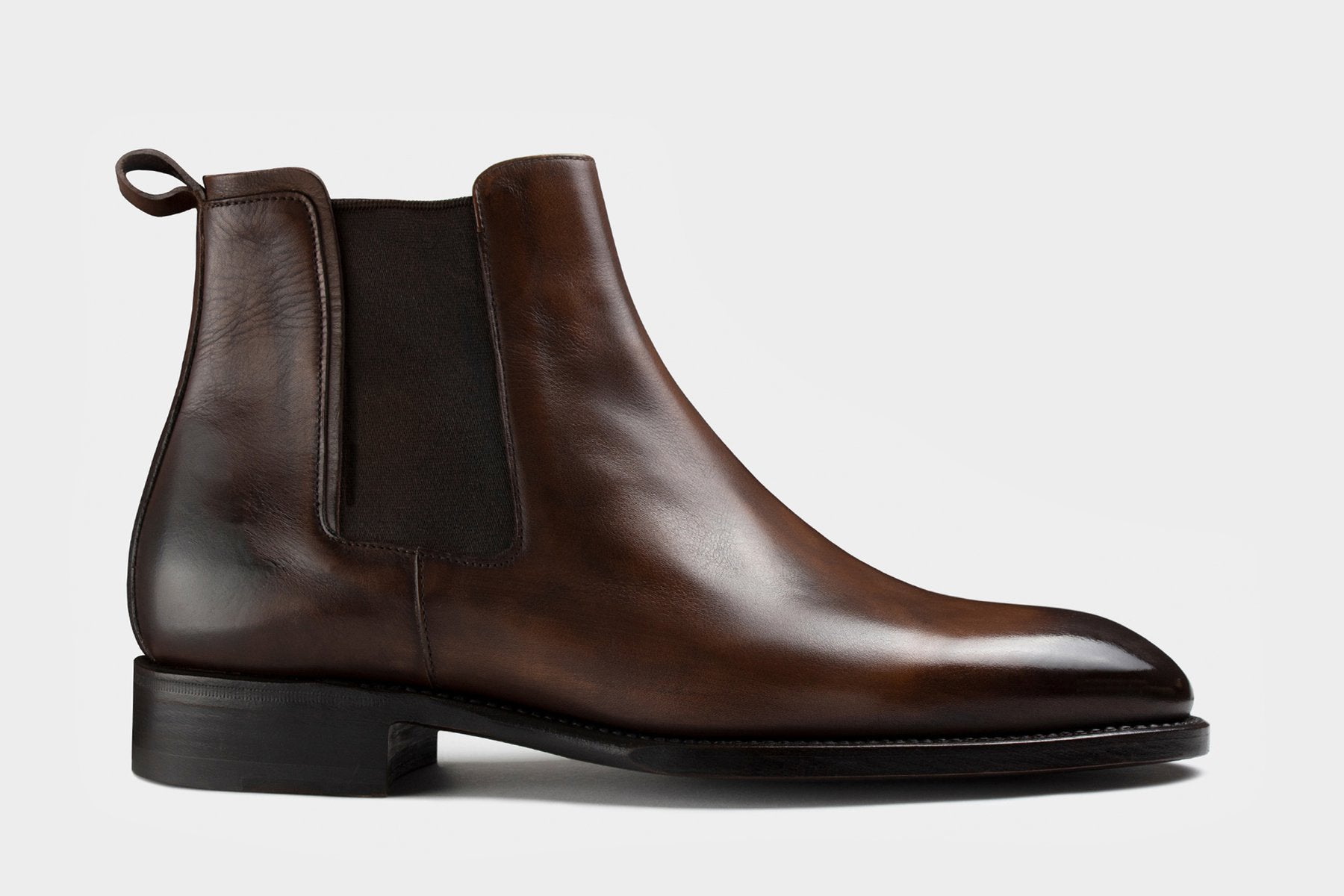
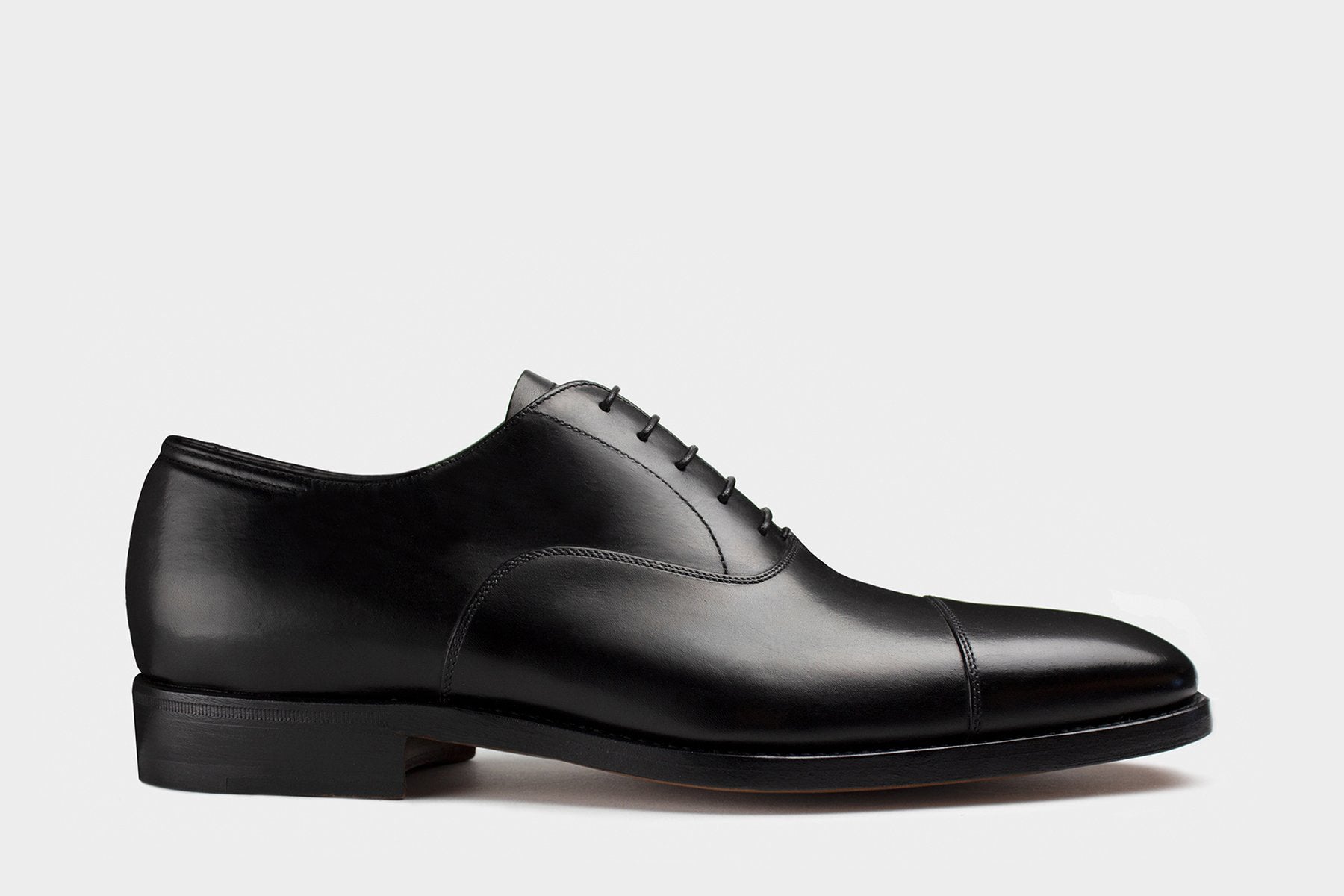
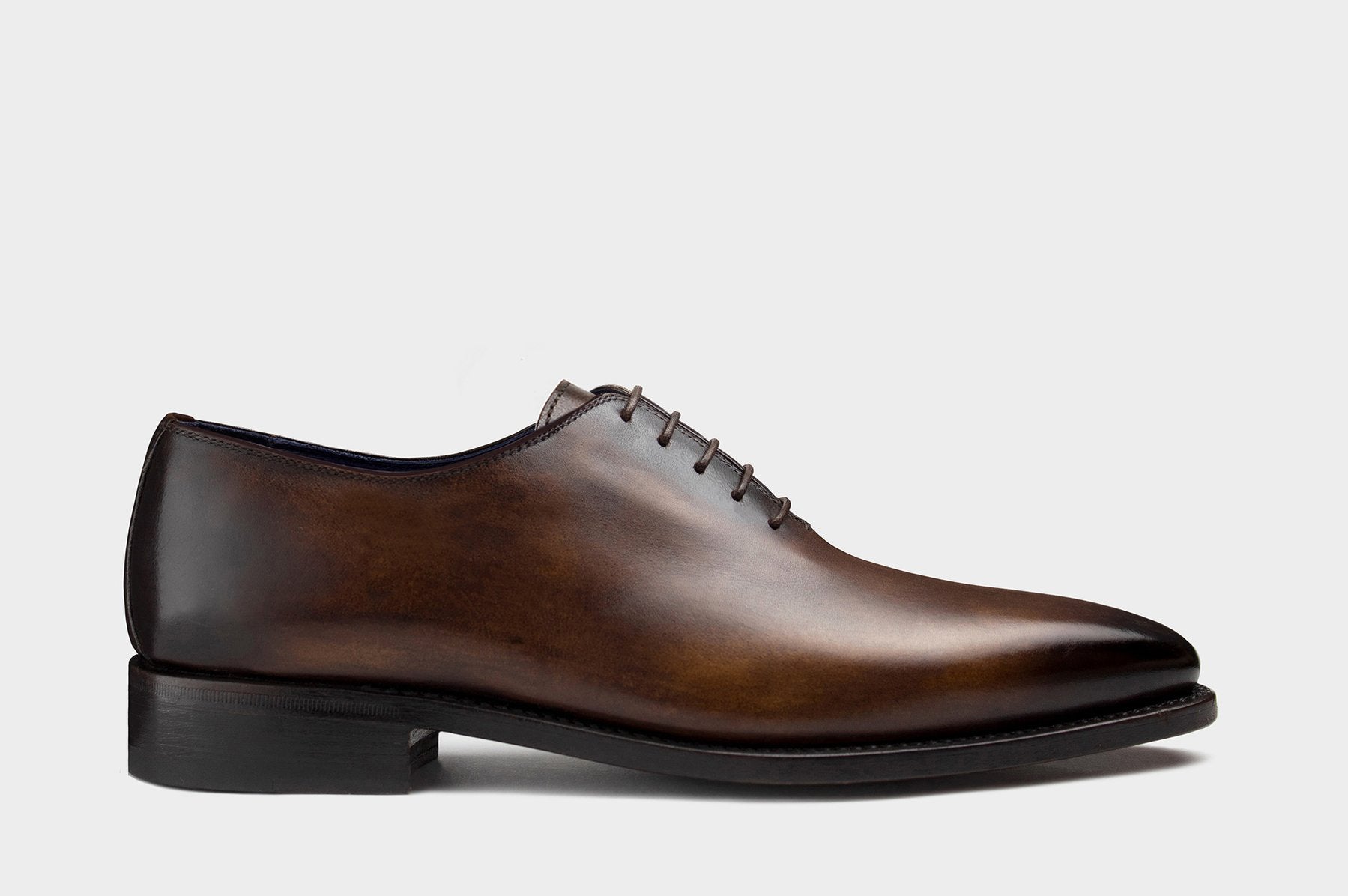
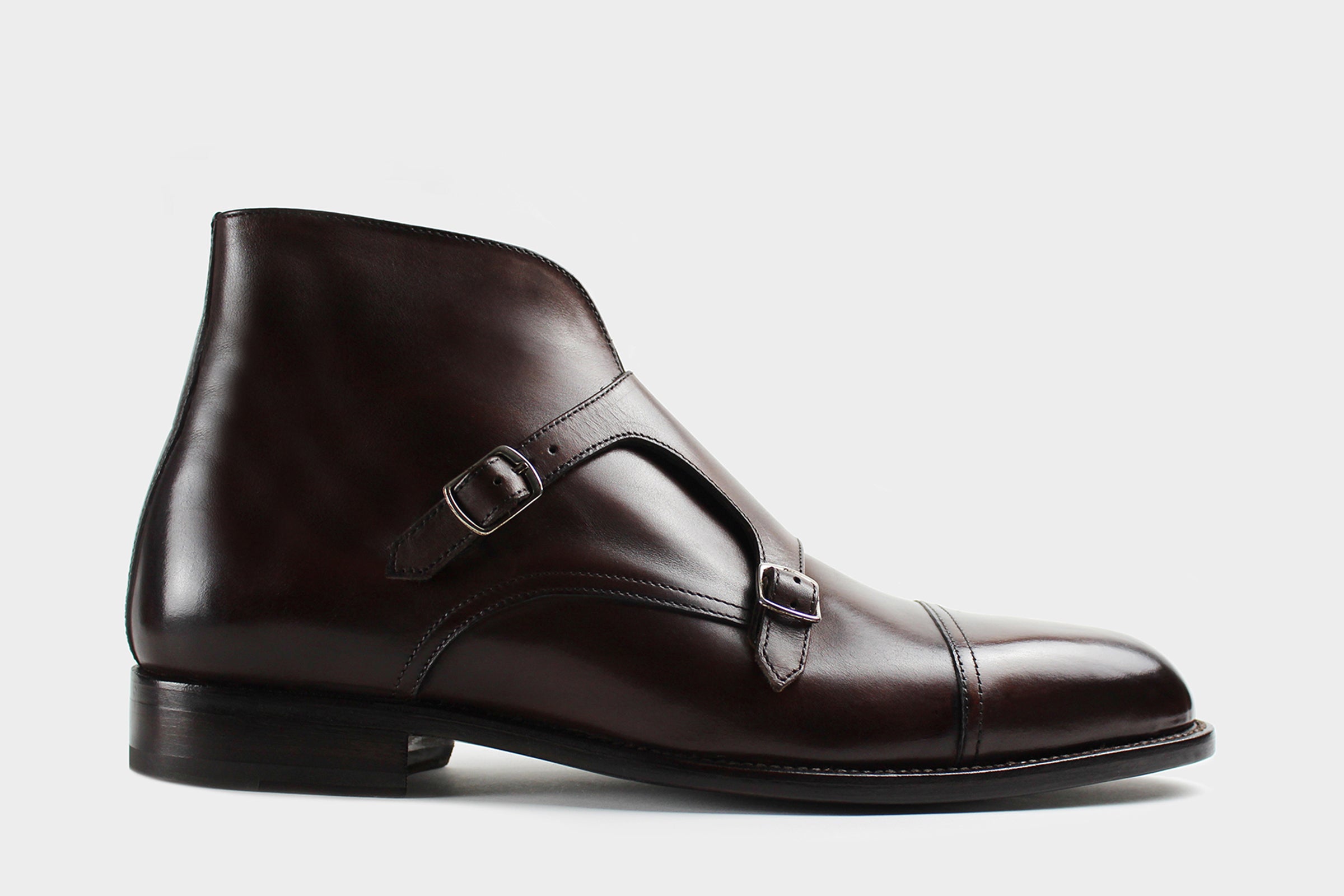
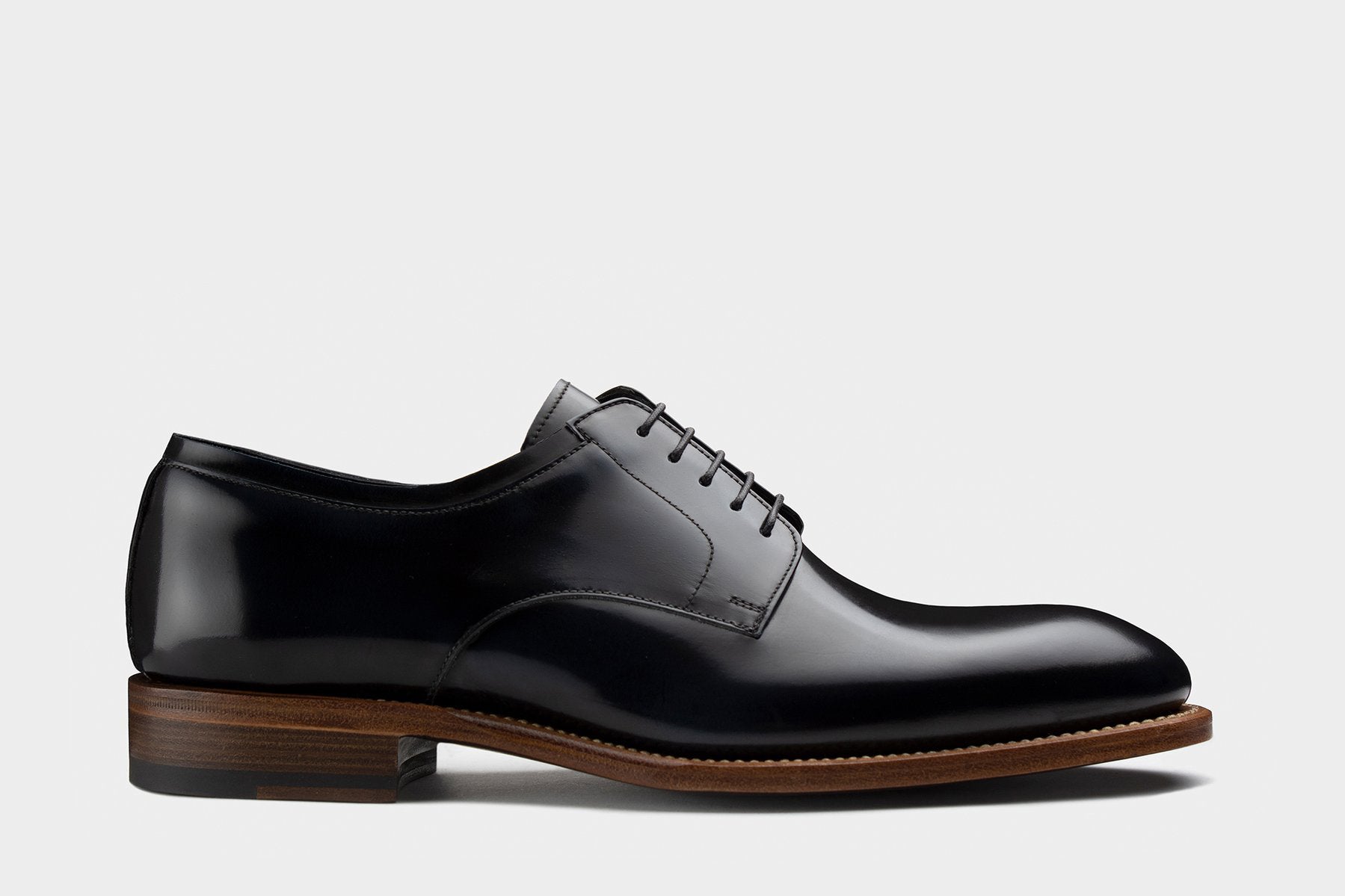
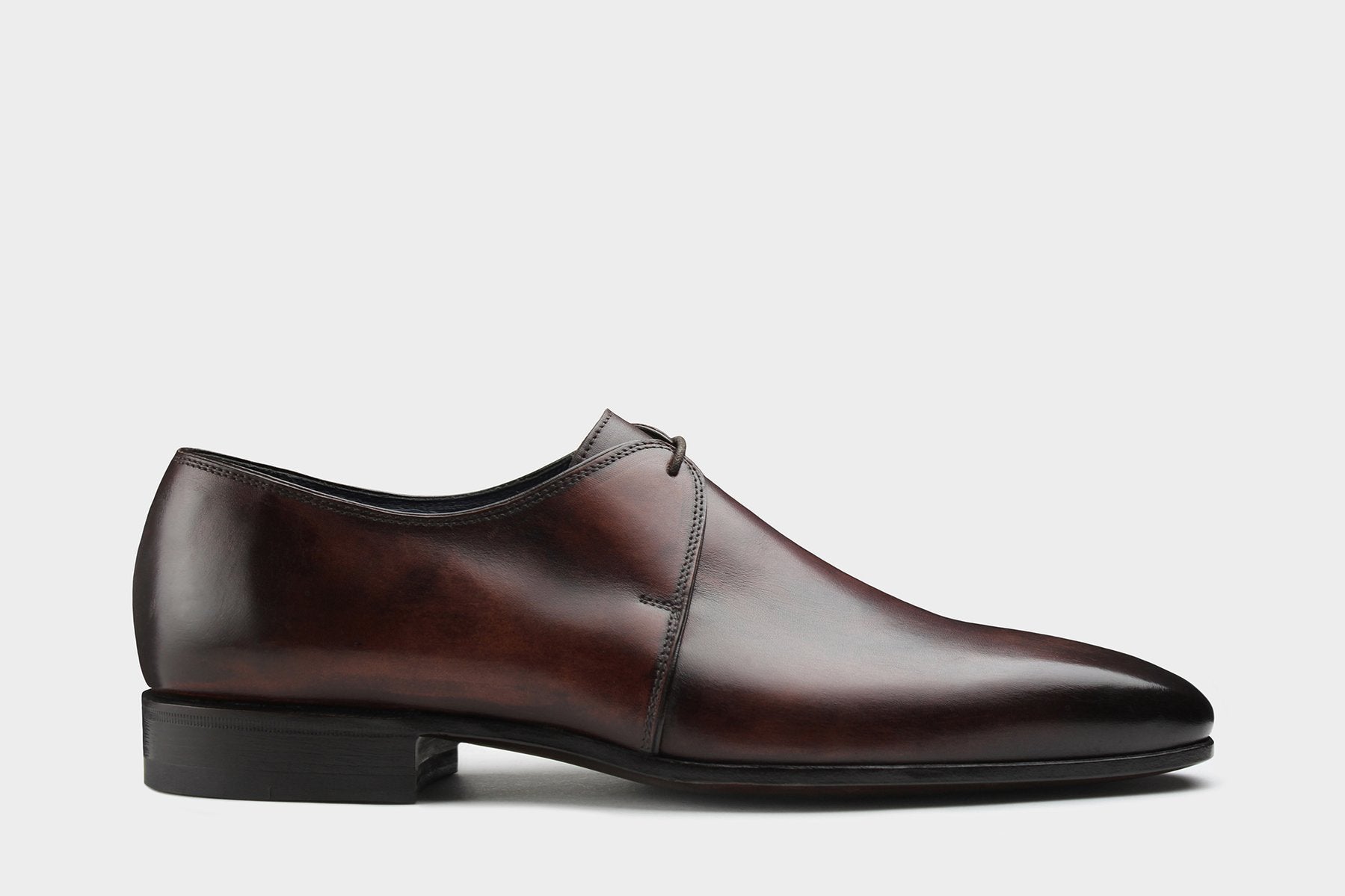
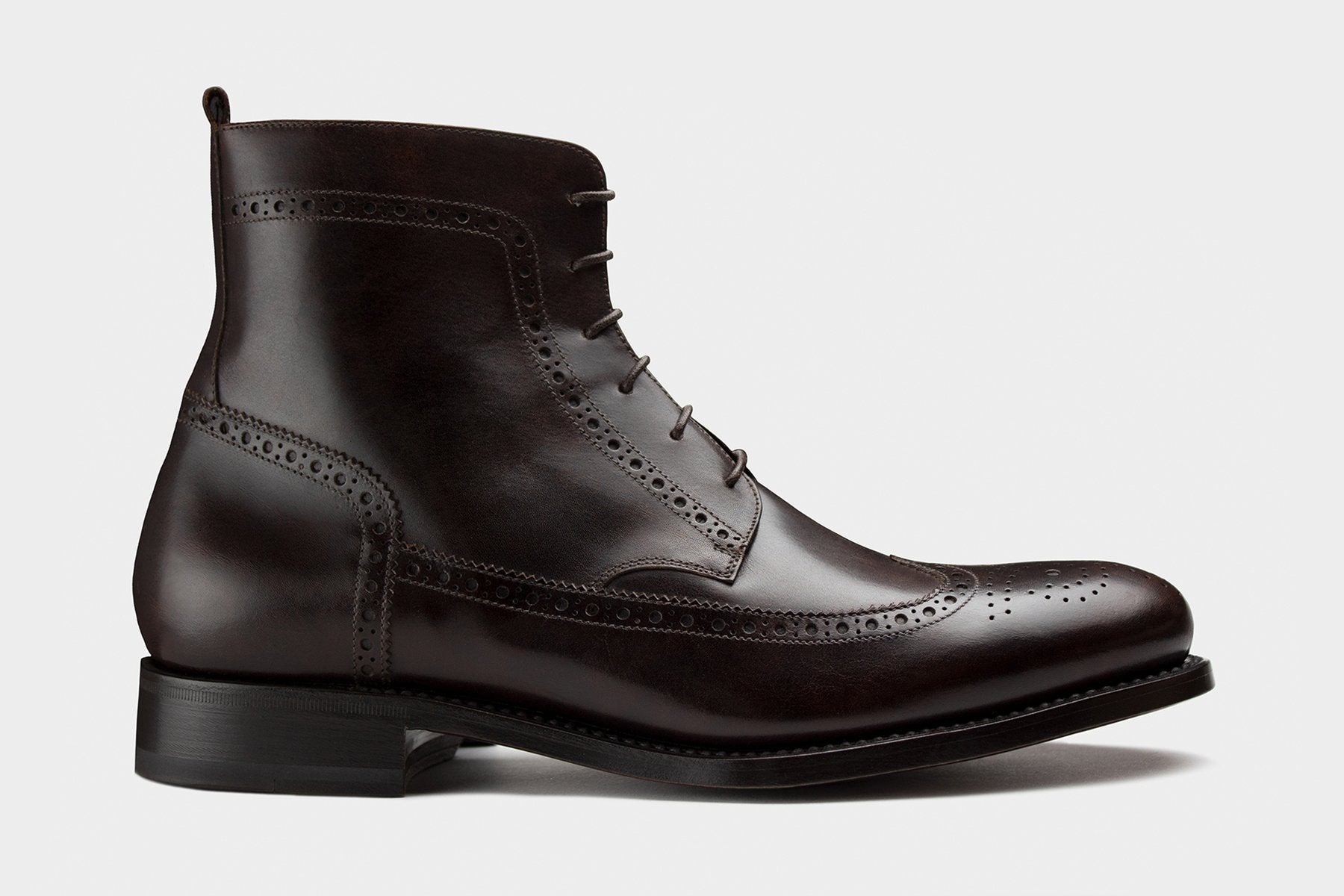
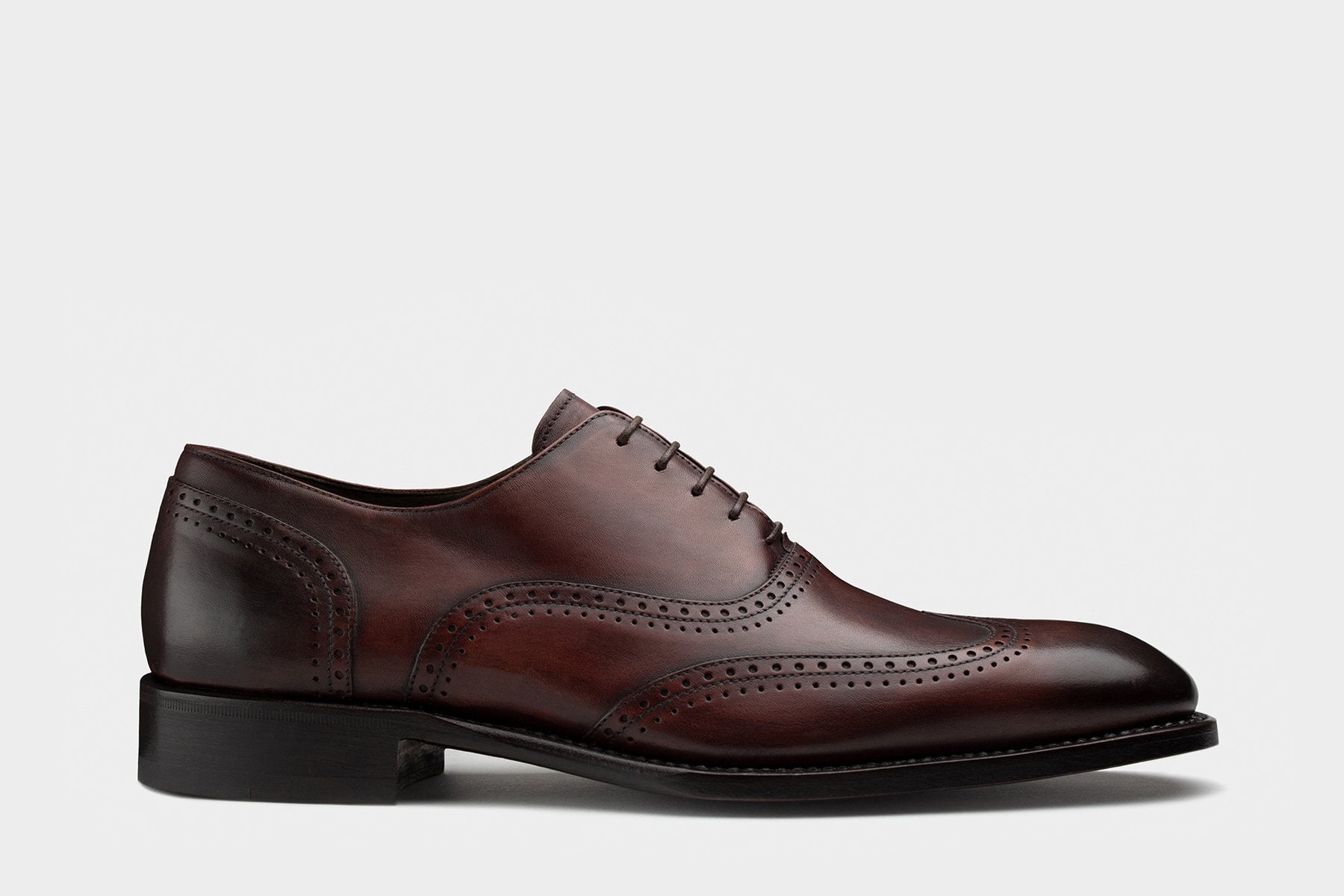
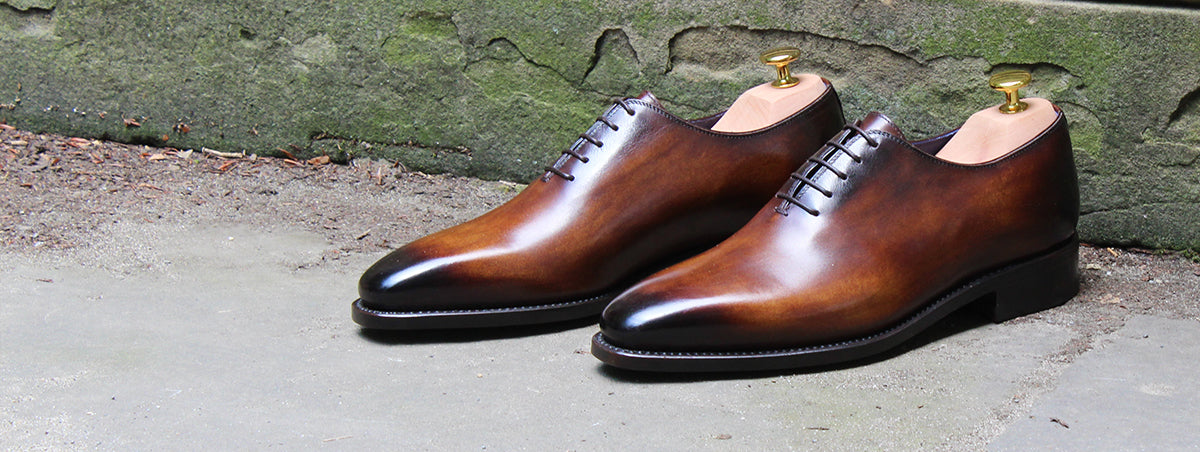
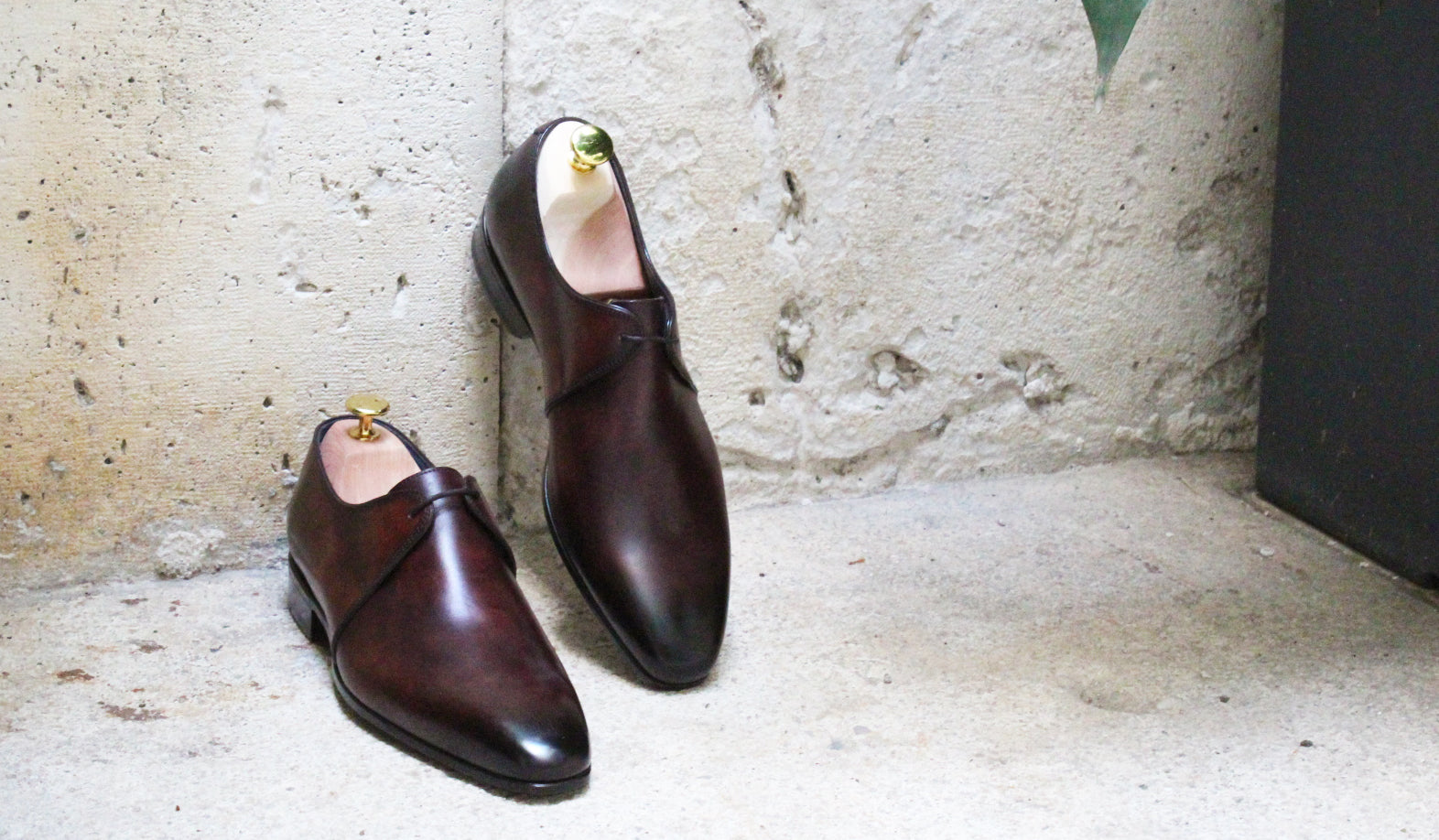
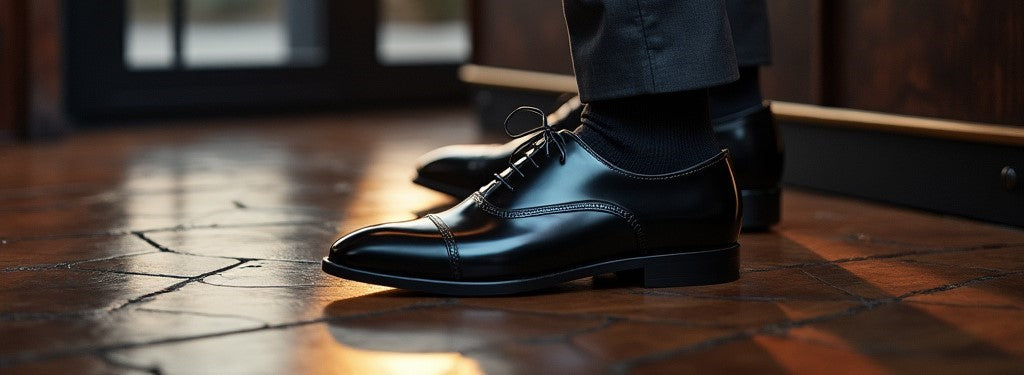
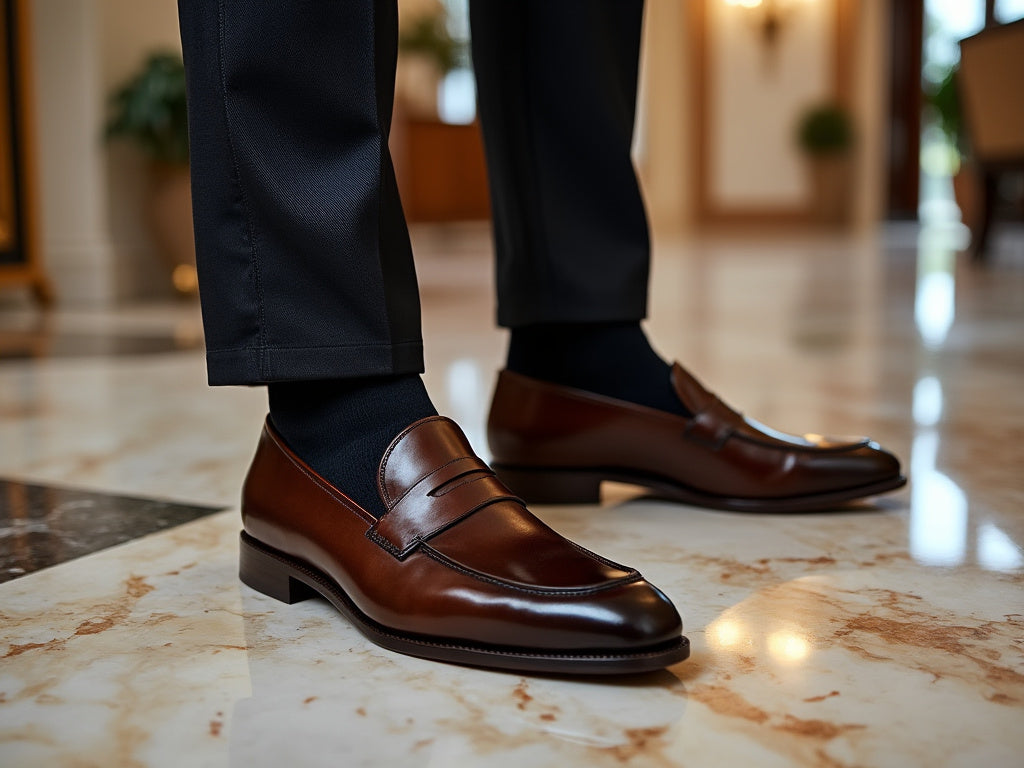
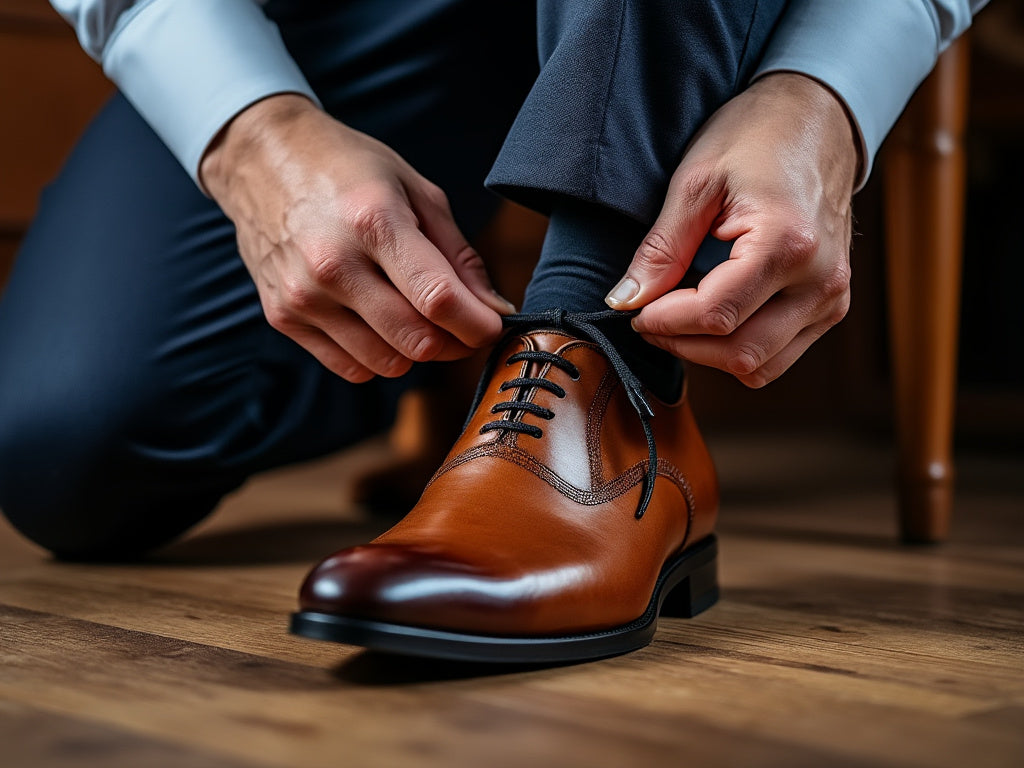
Leave a comment
This site is protected by hCaptcha and the hCaptcha Privacy Policy and Terms of Service apply.